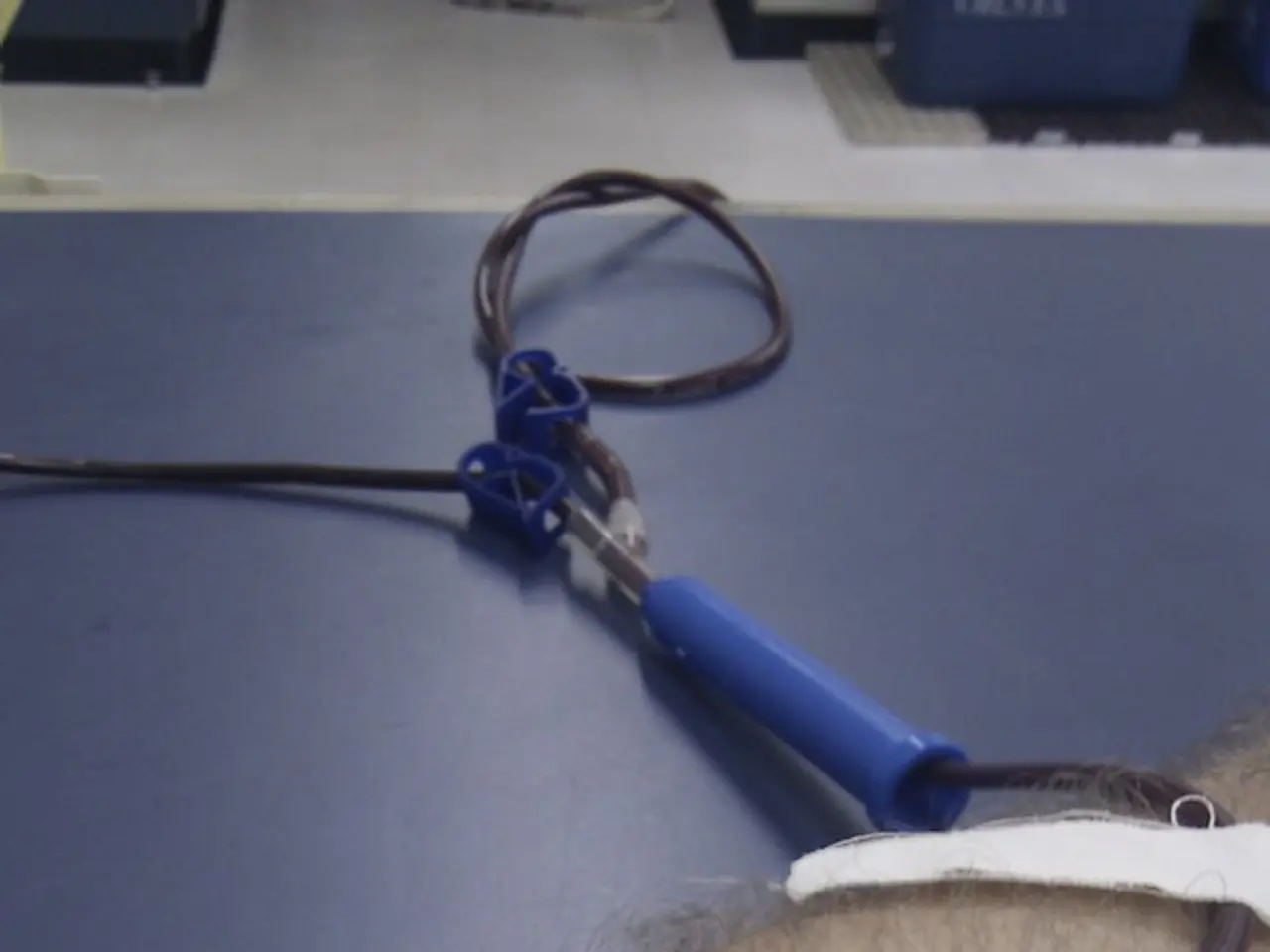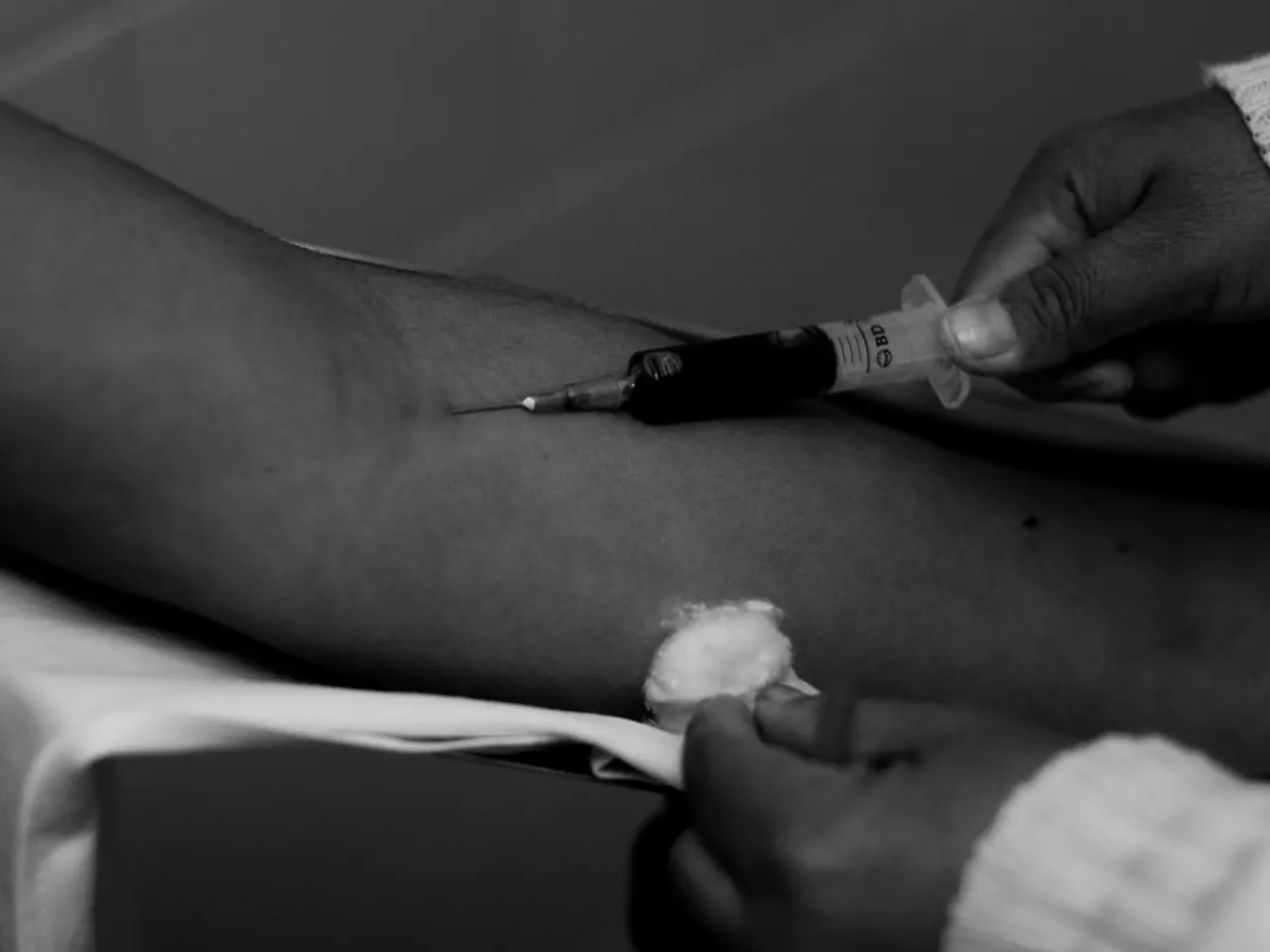Normal Variations in Penile Appearance: What You Should Know
In the realm of human anatomy, the visibility of veins in the penis is a common occurrence that can raise concerns for some individuals. While it's essential to understand that seeing veins beneath the skin of the penis is usually normal and does not require medical attention, it's equally important to understand the factors that might contribute to their prominence.
Prominent veins in the penis can occur due to several reasons, often related to underlying vascular or structural issues. One such reason is the normal physiological response during an erection, when veins in the penis become more visible due to increased blood flow and engorgement of the corpora cavernosa.
However, prominent veins may also signify dilated or enlarged veins near the skin’s surface. This can happen with aging due to loss of elasticity in the supporting tissues of blood vessels, making veins more visible. Conditions such as Angiokeratoma of Fordyce, a benign condition with dilated blood vessels near the skin, can cause dark red, purple, or black spots or visible vessels in the genital area, especially in men over 50.
Other causes include circulatory abnormalities or damage, such as high-flow priapism, a condition involving abnormal arterial blood flow into the penis, causing persistent, often painless enlargement and dilated veins. This condition can result from trauma leading to arterial breaches and formation of cavernous pseudoaneurysms, increasing venous pressure and prominence.
Underlying medical conditions can also play a role in vein prominence or discoloration. Examples include inflammation of blood vessels or vascular conditions, infections or balanitis, and lymphangiosclerosis, the abnormal hardening of a lymph vessel in the penis.
While lymphedema, swelling that occurs when lymph fluid incorrectly flows through the body, primarily affects the lymphatic system rather than the venous system, it can make the veins more visible than usual. Similarly, conditions such as Peyronie's disease, which involves the formation of scar tissue in the penis, or Mondor's disease, which can lead to significant pain and swelling in the affected veins, can contribute to the prominence of penile veins.
It's worth noting that a varicocele, the enlargement of the veins that make up the pampiniform plexus in the scrotum, while not directly affecting the penis, illustrates how valve failure in veins can lead to enlargement and visible veins by impeding proper venous return. This principle could theoretically apply to penile veins as well.
In cases where prominent penile veins are accompanied by pain, discoloration, persistent swelling, or other symptoms, consulting a healthcare provider is advised to rule out vascular abnormalities or other medical conditions.
On a positive note, according to a 2018 case study, penile blood clots, such as those that can lead to Mondor's disease, typically resolve on their own within 1-4 weeks. However, it's always best to consult a healthcare provider if you have concerns about any changes in your body.
In conclusion, understanding the causes of prominent penile veins can help alleviate concerns and promote a better understanding of the body's complex vascular system. While it's essential to be aware of potential underlying issues, it's equally important to remember that seeing veins beneath the skin of the penis is usually a normal part of the body's physiology.
- Prominent veins in the penis can signify multiple reasons, including underlying medical conditions.
- Angiokeratoma of Fordyce, a condition with dilated blood vessels near the skin, can cause visible vessels in men over 50.
- High-flow priapism, a condition with abnormal arterial blood flow into the penis, can lead to persistent enlargement and dilated veins.
- Inflammation of blood vessels or vascular conditions, infections, and lymphangiosclerosis can also contribute to vein prominence or discoloration.
- Lymphedema, swelling in the lymphatic system, can make the veins more visible than usual.
- Peyronie's disease, with the formation of scar tissue in the penis, can contribute to the prominence of penile veins.
- Mondor's disease, causing pain and swelling in the affected veins, can also contribute to the prominence of penile veins.
- A varicocele, the enlargement of the veins in the scrotum, can illustrate how valve failure in veins can lead to enlargement and visible veins.
- Consulting a healthcare provider is advised if prominent penile veins are accompanied by pain, discoloration, persistent swelling, or other symptoms.
- A 2018 case study suggests that penile blood clots typically resolve on their own within 1-4 weeks.
- In conclusion, understanding the causes of prominent penile veins can help alleviate concerns and promote a better understanding of the body's complex vascular system.
- Understanding the factors that might contribute to vein prominence is important in the realm of men's health, cardiovascular health, and overall health and wellness.
- Medical science continues to advance in its understanding of various medical-conditions, including conditions affecting the genital area and vascular health.
- It's essential to remember that seeing veins beneath the skin of the penis is usually a normal part of the body's physiology, but when in doubt, always consult a medical professional.




